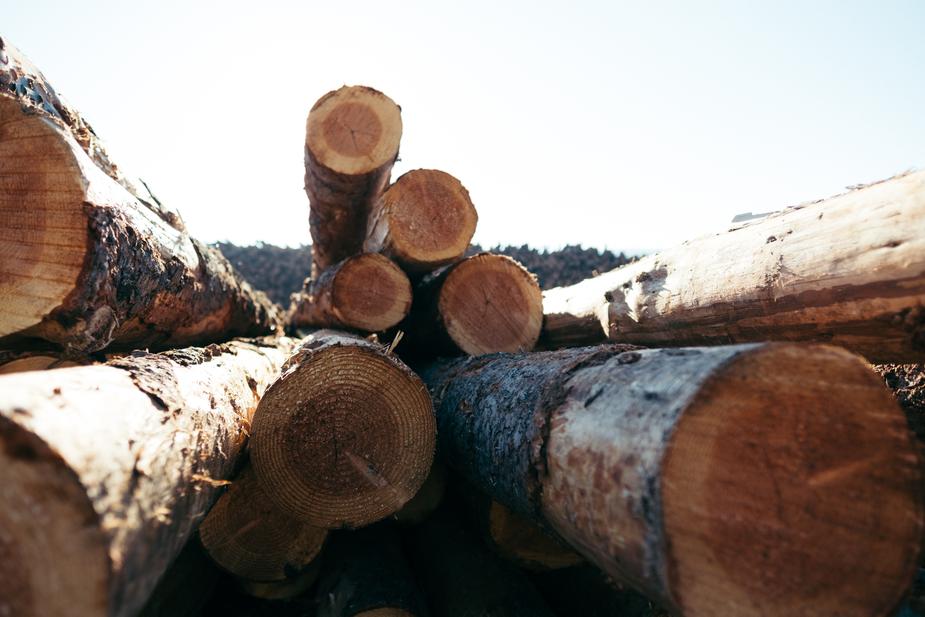Lumber is a basic construction material for building new homes as well as renovations of existing homes. It may seem like lumber is an abundant resource, but in fact, there is currently a nationwide lumber shortage that is bringing many construction projects to a standstill. Lumber shortages are also driving up price, which is then passed on to those doing home renovations or looking to make a purchase.
What is really behind the lumber shortage?
Right now, all softwood lumber is hard to come by, and treated lumber is especially difficult to get. Some of the lumber shortage is because of the increased demand for single-family housing. There has also been a surge in demand due to home remodeling, as people are putting more money into customizing their houses and properties.
But it’s not just increased demand that is pushing prices so high. Supply is also wonky this year because both mill operators and lumber dealers misread the 2020 market and had to deal with pandemic labor concerns.
When prices fell between March and April of 2020, as a result of the coronavirus outbreak, most projected that housing would be adversely affected, and lumber mills anticipated a drop in demand. Those mills that stayed in operation decreased their capacity and let their inventory drop to record low levels. Mills in operation also found it harder to produce as they had to limit shift work in order to comply with social distancing rules.
But as we all know, housing demand didn’t play out as anyone anticipated — and last year also brought about an increase in the use of wooden pallets for shipping needs. So the increase in demand coupled with the low inventory and lack of new supply meant that softwood lumber prices jumped over twice as high as they were just a year ago.
Is a lumber shortage really the reason home prices are higher?
Home prices soared in 2020 as property values were pushed up by a combination of record-low mortgage rates, strong demand from buyers, and a shortage of new construction.
And these three factors together continue to be the reasons homes prices are higher. But the fact that lumber prices have jumped to new highs isn’t going to help home prices to come down any time soon, even if demand tempers.
The price of softwood lumber, which is the type of timber typically used to frame houses, continues to soar, so new home construction prices will inevitably have to increase to take that cost into account. And there likely will continue a shortage of new construction projects as many will have trouble sourcing the lumber needed.
What does a lumber shortage mean for you?
Sure, wood costs are just one factor in the complicated equation behind home prices, but the National Association of Home Builders warns that skyrocketing lumber prices could be adding thousands of dollars onto the cost of a new home, which is unwelcome news for buyers already struggling to find homes they can afford.
Higher lumber prices have added more than $16,000 to the price of the average newly built home, according to NAHB, with some estimating that the added cost could be even more than that.
The same is true for the remodeling business, because homebuilders aren’t the only buyers of lumber. Homeowners renovating their houses will also notice increases for building fences, decks, and additions. Renovation contractors and DIYers will notice the cost of projects is now far higher than it was just a year ago — and could become the highest in recent history.
This could affect resale of existing homes, as many owners like to spruce them up before putting them on the market to get their best return. But given the lumber shortage and the lack of inventory even for existing homes, renovations may not be possible.
That said, given the current insatiable demand, renovations also may not be necessary.
It may take a number of months for lumber to become more widely available. Those who have yet to begin construction projects may want to wait until the current wood shortage is sorted out because as more lumber plants reopen in Canada and the U.S., inventory will increase and overall lumber prices will go down.
Yet we know it can be hard to do that with interest rates beginning to rise and continued demand uncertain. Contact List With Elizabeth to see what options exist in the newly built and existing housing market in Springfield, Burke, and the surrounding Northern Virginia areas. Despite the lumber shortage currently affecting costs, there is much to get excited about.




Leave a Reply